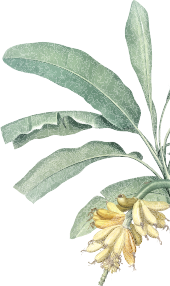
Chillies, harvest, seasons and its unconventional use
“The chilli plant, native to America, was introduced to India in the 17th century by the Portuguese and now its fruits have become an indispensable ingredient of Indian food.”
Portugese and British traders who entered India in search of spices had preconceived notions about chillies in India. However, later, they discovered the diuretic and digestive properties of chillies and so chillies were not only used in chutneys and sauces but also in sweet/sour dishes like the recipes that you see from MAP’s team. In the second recipe below, the curd rice is usually the last course and cools/soothes the palate and the stomach after the spices that have gone before. The sight whisper of chilli in the tempering gives this otherwise mild preparation a dash of excitement. Similarly, in the tomato khejur chutney and paani puri, the chilli highlights this wild contrast of flavours – sweet, sour and hot.
Furthermore, seasons play an important role in determining when chillies are grown. In Northern India, chillies are sown in the winter season, but in South India, a major producer of chillies, they are harvested most of the year because chillies prefer well drained soil and rainfall.
From contemporary artist Madan Meena’s Barahmasa-I series, this artwork depicts a woman dancing at the centre of red chillies, perhaps, perfectly laid out on a rooftop to be dried. In Rajasthan, the part of West India that Meena belongs to, the summer months of March-April (chetra) dry chillies quickly. Women celebrate by dancing and singing tales of chilli harvest.





Share It Now...